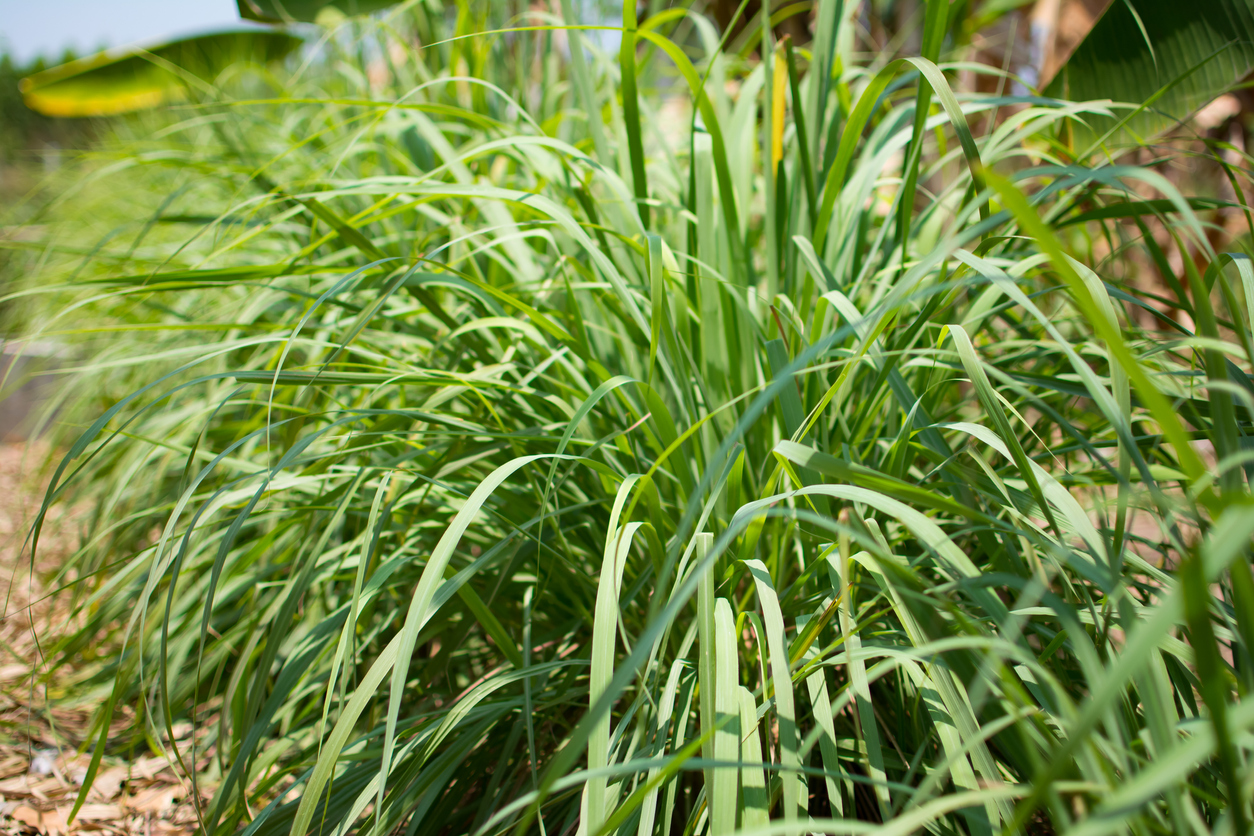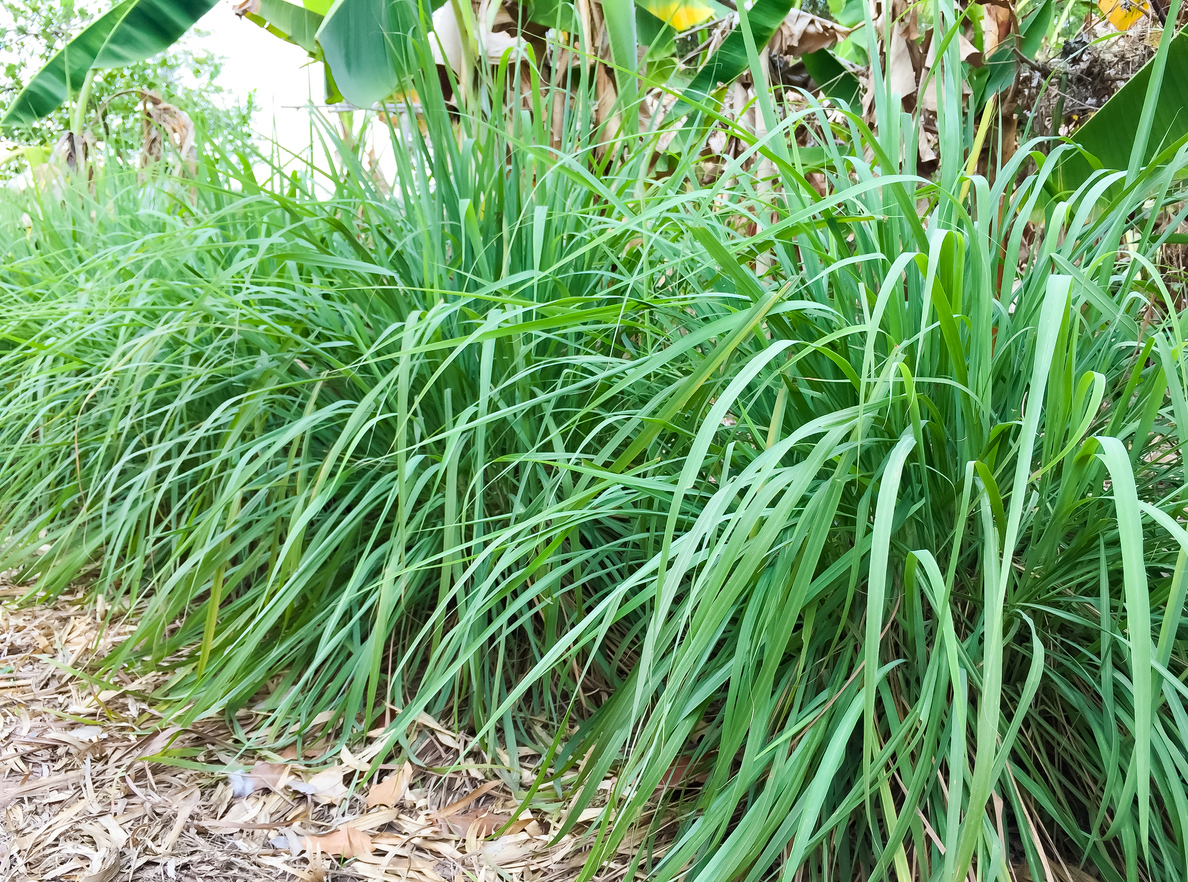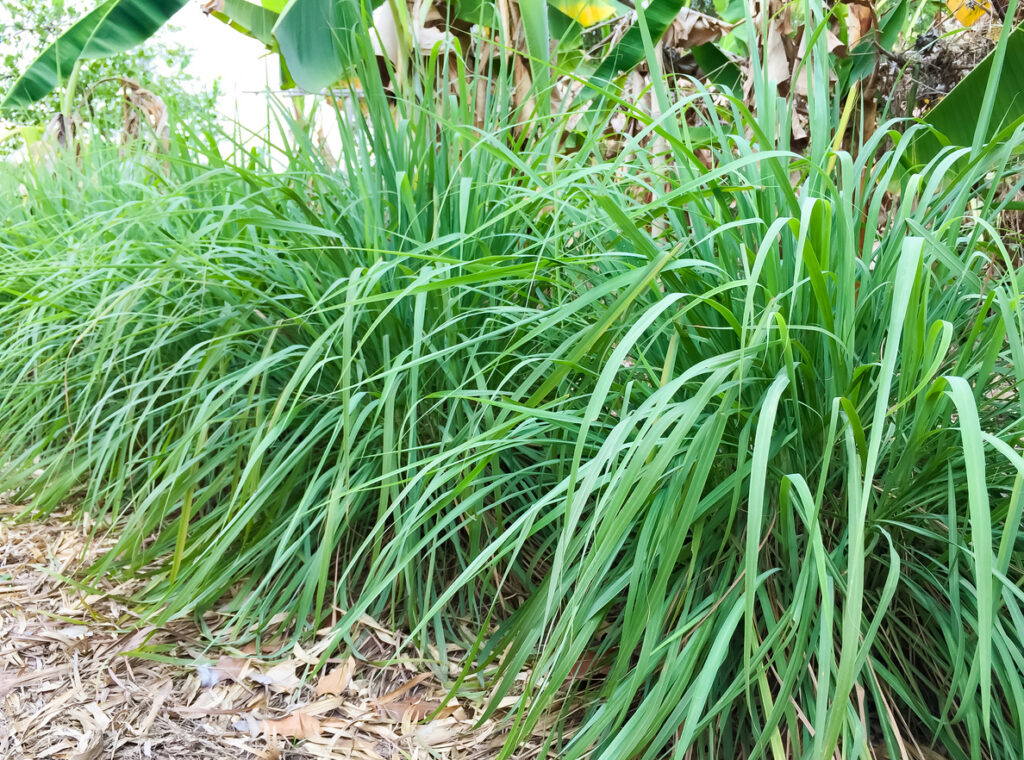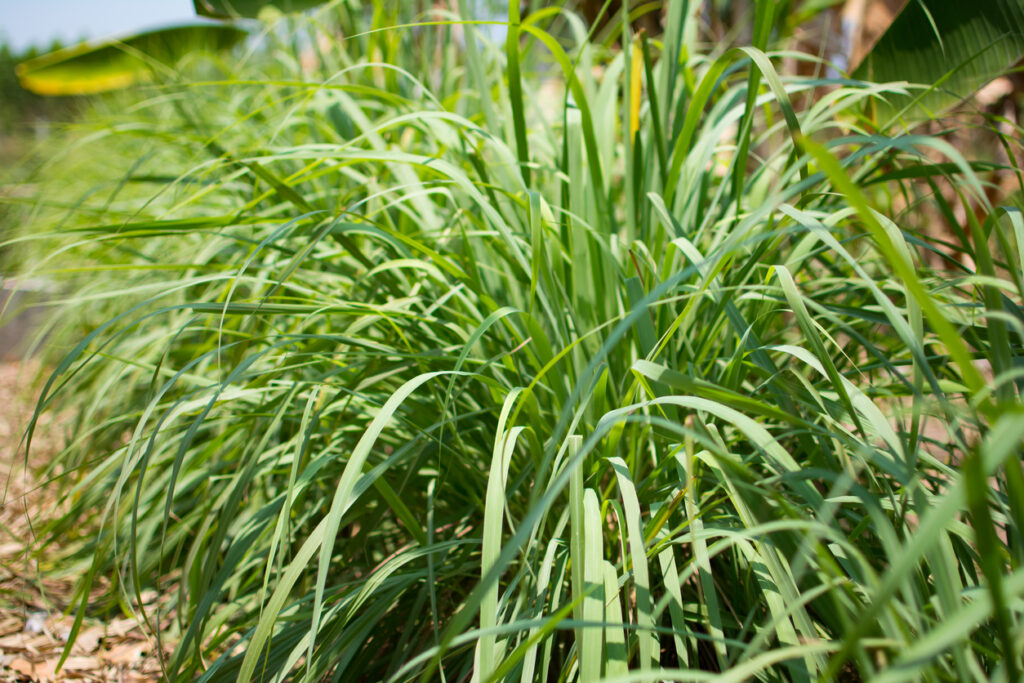Lemongrass Care – How To Grow And Harvest Lemongrass
Lemongrass is one of those perennials that have yet to invade hearts and gardens this side of the Atlantic. Not for lack of aroma or ornamental value, but the herb’s low-key appeal has to do with the limited niche it occupies in the international cuisine scene. That said, lemongrass is slowly being adapted in many gardens and kitchens as an edible landscaping plant.
You see it on the window sills of kitchens overlooking the backyard and growing in remote corners of the garden where nothing else seems to grow. So what’s the story behind this herb and what other purposes can you grow it for when you’re not a huge fan of broths and soups? This article tells you all you need to know about lemongrass, its uses, and how to grow, harvest, and store it.
All about Lemongrass
Lemongrass (Cymbopogon citratus) is a tropical herb that is a novice gardener’s dream plant. It is easy to start, grows fast even for a herb, and has a unique and unmistakable shape. A member of the grass family, the herb is widespread in Africa, Asia, and Australia. It also has many names including Malabar grass, silky heads, barbed wire grass, oily heads, Cochin grass, and fever grass. But whatever you choose to call it, one thing is for sure, this is no ordinary grass.
Since it’s a tropical grass, you can expect it to have high hardiness zones. According to the latest classifications, this herb has USDA hardiness zones between 10 and 11. So the full sun, warm temperatures, and high levels of humidity are prerequisites for the growth and cultivation of this aromatic grass.
The plant has a habit of forming a clump where spikes and blades of grass grow out of a ball in the center. At full maturity, the herb averages between 2 to 4 feet high. Not a small feat for a herb that’s first and foremost just grass. But if the lackluster appearance doesn’t pique your curiosity, then the sharp aroma definitely will.
The citrusy scent of lemongrass is what sets it apart from other species in the same genus. It is both sharp and penetrating. Most of the flavors and aroma concentrate inside of the white stalk. As for the green leaves, they have a weaker taste and milder scent.
Uses of Lemongrass
Before we detail the different uses and benefits of the humble lemongrass, let’s take a quick look at the different species out there. Not surprisingly, the four species of lemongrass are all natural. Horticulturalists haven’t tried their hands in creating cultivars for this herb. The most common species is Cymbopogon citratus which is used for culinary purposes. The others, especially Cymbopogon nardus and Cymbopogon winterianus, have a grass smell that works better against pests than in human food. So what do people use lemongrass for?
- Spicy Herb: Lemongrass is a staple of Asian cuisine where it adds a sharp and acidic bite to broths, soups, teas, curries, and stews. If you use the green leaves in cooking, make sure to remove them before you start eating. The white stalks are usually tender and blend well with the food.
- Insect Repellent: While the sharp and volatile oil in lemongrass is the basis for many insect repellents in the market, the plant itself isn’t very effective against bugs. Since the oil is stored in the white stalks, insects can land safely on the leaves of the grass or buzz around it without putting their lives at risk. If you have a mosquito problem at home, do the sensible thing and buy a commercial repellent.
- Medicine: Its pungent taste and acidic scent qualify lemongrass to have a place on the shelf of every traditional medicine shop. Apothecaries in Asia prescribed the dry powder of this herb for everything from itchy skin to diarrhea. Science still hasn’t had an opinion about the efficacy and medicinal values of lemongrass. So we’ll probably give this one a hard pass.
- Aromatherapy: Despite its sharp scent, the volatile oil in lemongrass has soothing effects on aching muscles. It’s used extensively as a massage oil in spas.
How to Grow Lemongrass
If you want to grow lemongrass in your garden, then the best and most convenient way to do so is with the stalks you buy at the grocery store. The seeds of lemongrass are hard to come by unless you have a reliable source online. The stalks grow fast and the plant establishes in no time. Here’s how you do it in simple steps.
- Select five or six stems with their bases intact. When you buy lemongrass stalks, they come without roots. That’s alright, you won’t need the roots.
- Not all stalks will develop roots, so you need to start with more than one stalk.
- Remove the stiff leaves that have turned brown at the top of the stalk. Don’t peel the stalk.
- Place the stalks in a glass jar and fill one-third of it with water. Keep the jar on a window sill that gets 8 hours of sun every day.
- Change the water in the jar once every few days to prevent fungus.
- After a week, new leaves will start to grow at the top of the stalks. Roots will soon follow.
- When the roots are about 3 inches tall, you’re ready to plant them in the garden.
- Pick a spot in the garden that gets full sun. Break the soil and work in plenty of organic materials and compost.
- Dig a hole in the soil as deep as one-third of the stalk factoring in the roots as well.
- Plant the stalks and fill the hole with soil packing it lightly to push out air pockets.
- Water the plants immediately to settle the soil.
Lemongrass Care
All you need to get lemongrass started in your garden is some patience. But once the plant establishes, it starts to grow at fast rates. Pretty soon, you’ll have a bushy herb towering over 2 feet in your garden. As a heavy feeder, you’ll need to apply fertilizer regularly.
Soil
Lemongrass prefers loamy and rich soil. Loamy soil is one that has more silt and sand than clay. It is well-drained and loose soil that suits most garden plants. If the soil in your garden is heavy, add equal portions of coarse sand and perlite to bring it down to the right texture. When you clamp your palm over a fistful of soil it doesn’t turn into a clump. Test your soil and make sure it’s neutral with pH levels between 6.8 to 7.2. Mix plenty of organic materials in the soil to feed the herb throughout its growing cycle in the spring and summer.
Light
As a tropical herb, lemongrass thrives in the full sun. Partial shade doesn’t help the plant grow and will reflect poorly on the sickly leaves and plenty of insects that make their nest in the clump of grass. Make sure your herbaceous perennial is getting at least 6 hours of sun every day. Even the garish rays of sun in the summer won’t hurt the herb. So place it in a south- or west-facing spot in your garden. In the winter when the light conditions deteriorate and the temperatures drop, you can bring your perennial herb inside. In the spring, you can take the pots outdoors again.
Water
Lemongrass is a thirsty plant that has zero tolerance for drought. If you neglect to water it for a few days, the leaves will wilt quickly as a sign of distress. Water the plant once a day during the summer months but don’t overwater it. The sensitive roots are averse to waterlogged soil. If the soil cannot keep the water long enough for the roots to absorb the moisture, then consider using a thick layer of mulch. Chipped bark and pine needles are ideal in this situation. Mulch helps with water retention and it prevents weeds from crowding around the herb.
Fertilizer
When you plant the stalks of lemongrass in the soil, you always add a generous dose of organic compost to give the herb a good start. However, since this is a perennial heavy feeder, you will need to replenish the quickly dwindling nutrients in the soil regularly. Since lemongrass doesn’t have flowers, you can use a custom 6-4-0 fertilizer with high doses of nitrogen. Nitrogen is important for the health and lush green color of the plant and its leaves. Apply the fertilizer once every couple of weeks during the spring and summer. You don’t need to fertilize it in the fall or winter.
Pests and Diseases
For a plant reputed to be an insect repellent, aphids can feed on the sap in the leaves. For some reason, these tiny pests seem to be immune to citronella, the active ingredient in the plant that repels insects. They leave brown or yellow spots on the leaves so you can’t use them to make tea or cook a sumptuous stew. Use neem oil to get rid of aphids. They’re too tiny to pick by hand anyway.
As for diseases, lemongrass rust is a common fungal infection. Bad ventilation and high humidity levels are the main cause of this infection. It appears in the form of brown spots on the leaves and spread quickly to cover the whole plant. Remove the infected leaves and make sure the plants are well spaced out for better air circulation.
Harvesting and Preserving Lemongrass
The two parts of lemongrass that you can harvest are the leaves and the stalk. For the leaves, you will have to wait until they’re at least one foot tall before you cut them using scissors. Leave about one inch at the bottom to allow the leaves to grow again. You can use the leaves to make tea and broth.
The stalk is the tender part at the base of the plant. Harvest it once it’s about a half-inch in diameter. Use a sharp blade to cut the stalk about one inch above the ground. It’s good for stews, soups, and curries.
To store lemongrass, cut the stalk into small pieces and put them in a zip lock bag. Keep the bag in the freezer. It can stay frozen for up to 6 months.



